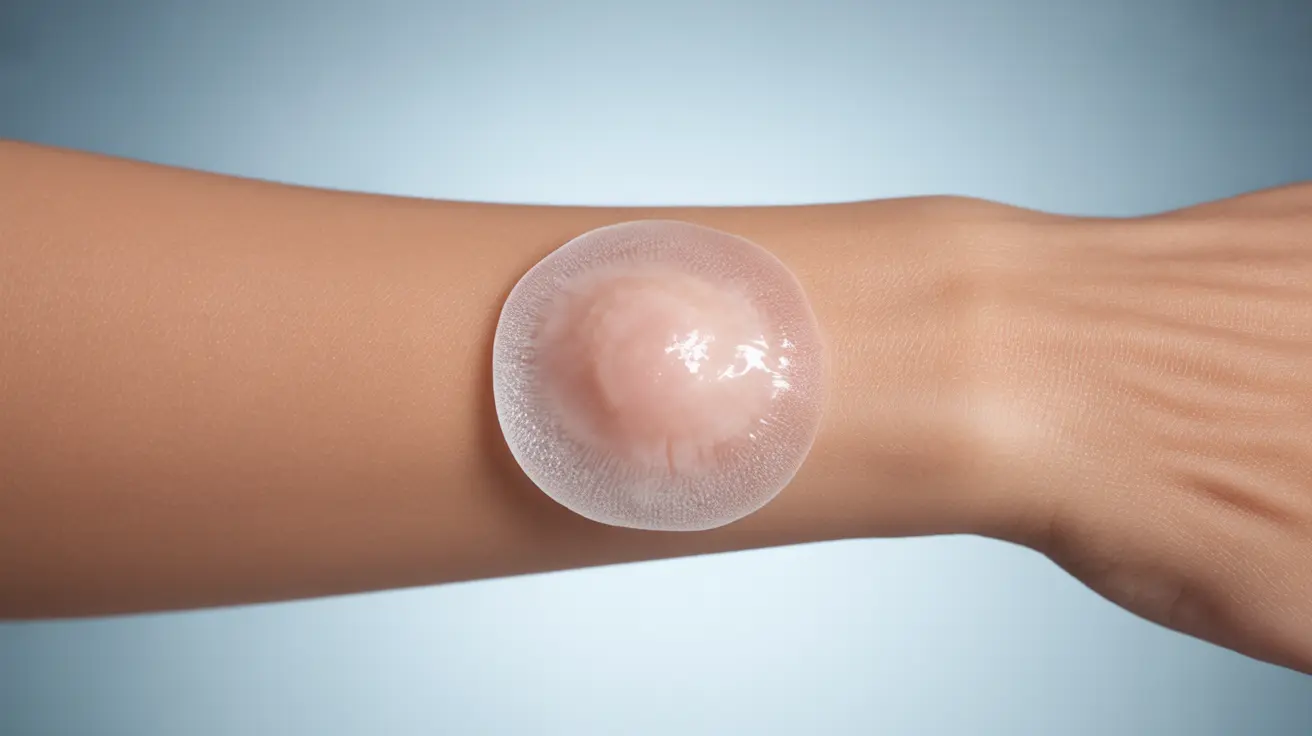When you experience a burn that results in a blister, your first instinct might be to pop it for immediate relief. However, making the wrong decision about burn blister treatment could lead to complications and delayed healing. Understanding the proper care for burn blisters is crucial for preventing infection and promoting optimal recovery.
This comprehensive guide will help you understand the best practices for burn blister care, including when to leave them intact, how to properly treat them, and when to seek medical attention.
Understanding Burn Blisters and Their Purpose
Burn blisters are your body's natural protective response to burn injuries. These fluid-filled sacs form between the damaged upper layer of skin and the healthy tissue beneath, creating a natural barrier against infection and allowing the healing process to begin.
The clear fluid inside the blister, called serum, contains nutrients and growth factors that aid in healing. This natural bandage helps protect the sensitive skin underneath while new skin cells form.
The Risks of Popping Burn Blisters
While it may be tempting to pop a burn blister, doing so can lead to several complications:
- Increased risk of infection
- Delayed healing time
- More intense pain
- Possible scarring
- Exposure of sensitive nerve endings
When you pop a blister, you break the sterile environment your body has created, potentially introducing harmful bacteria to the wound site.
Proper Burn Blister Care Guidelines
Initial Treatment
When you first sustain a burn that develops a blister, follow these immediate steps:
- Cool the burn under cool (not cold) running water for 10-20 minutes
- Clean the area gently with mild soap and water
- Apply an antibiotic ointment if recommended by a healthcare provider
- Cover the blister loosely with a sterile bandage
Ongoing Care
To promote proper healing:
- Keep the area clean and dry
- Change bandages daily or when they become wet or dirty
- Avoid tight clothing or pressure on the blister
- Monitor for signs of infection
- Use over-the-counter pain relievers if needed
When to Seek Medical Attention
Certain situations require immediate medical evaluation:
- Burns larger than 3 inches in diameter
- Burns on face, hands, feet, or genitals
- Signs of infection (redness, warmth, swelling, pus)
- Severe pain
- Burns that appear deep or charred
Handling an Accidentally Broken Blister
If a burn blister breaks on its own or accidentally:
- Wash hands thoroughly before touching the area
- Clean the area with mild soap and water
- Apply an antibiotic ointment
- Cover with a sterile, non-stick bandage
- Monitor closely for signs of infection
Frequently Asked Questions
Should you pop a burn blister or leave it intact to heal?
You should not pop a burn blister. Leave it intact to heal naturally, as the blister provides a protective barrier against infection and contains healing fluids that aid in recovery.
How do you properly care for a burn blister to prevent infection?
Keep the area clean, covered with a loose sterile bandage, and change dressings daily. Avoid putting pressure on the blister, and monitor for signs of infection such as increased redness, warmth, or pus.
What should you do if a burn blister breaks or pops on its own?
If a blister breaks, clean the area with mild soap and water, apply antibiotic ointment, and cover with a sterile bandage. Monitor the area closely for signs of infection and keep it clean and protected.
When is it necessary to seek medical attention for a burn blister?
Seek medical attention for large burns (over 3 inches), burns on sensitive areas, signs of infection, severe pain, or deep burns. Also consult a healthcare provider if you have underlying health conditions that may affect healing.
What are the risks of popping a burn blister yourself?
Popping a burn blister yourself increases the risk of infection, delays healing, causes additional pain, and may lead to scarring. It also removes the natural protective barrier your body has created to aid in healing.




